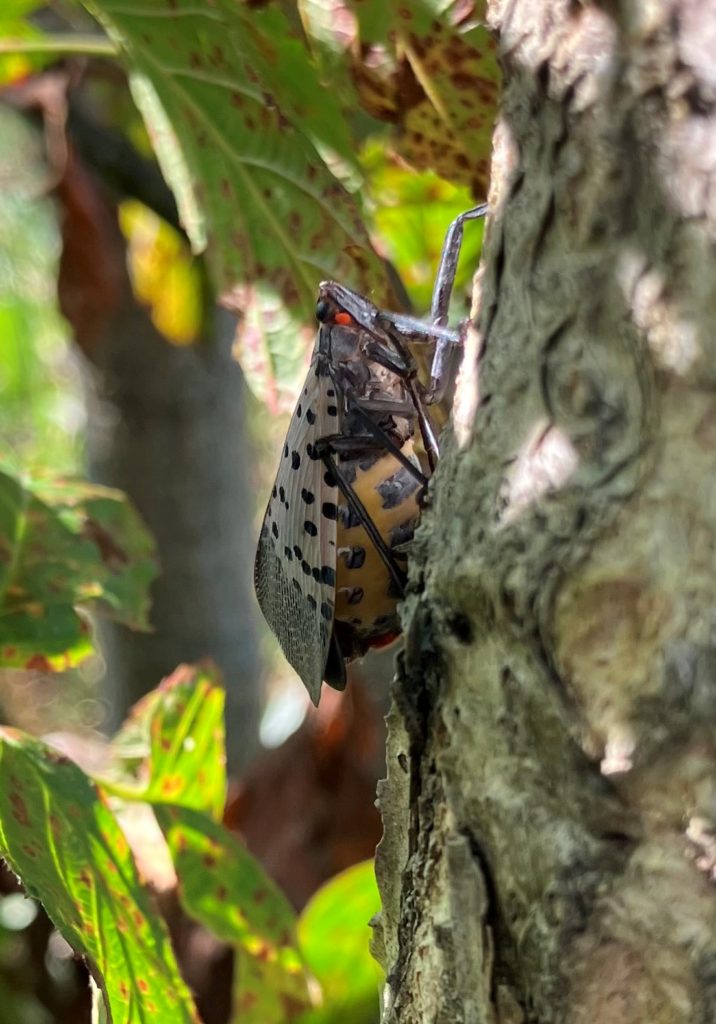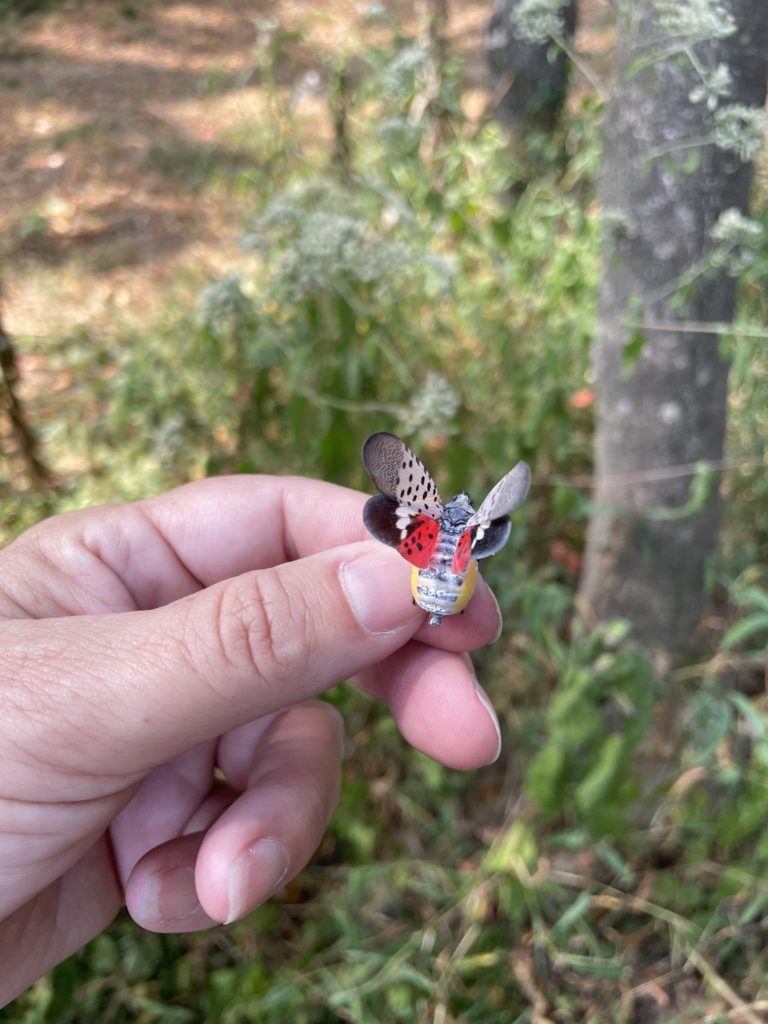Invasive Laternfly Found In Tennessee
The Tennessee Department of Agriculture wants you to be on the lookout for a new invasive species of pests. This one can be devastating to crops, but especially fruit growers, like vineyards. The Department of Agriculture confirms that the spotted laternfly has been detected in Middle Tennessee. The spotted laternfly can spread long distances when people and vehicles move infested material or items containing egg masses. Commissioner Charlie Hatcher says the laternfly is a non-native insect harmful to a range of crops but is especially dangerous to grape vines and fruit trees. Hatcher says that wood products businesses are also vulnerable to these pests.
Spotted laternfies gather in large numbers on host plants and feed on nutrients and water from that plant. Hatcher says adults emerge in late summer and early fall and are about one inch long and one-half inch wide with visually striking wings. Its favored host is the Tree of Heaven, but they also may appear in other trees such as black walnut, maple, and yellow- poplar. Infested trees may exhibit wilting, defoliation, dieback, yield loss, and in severe cases, the laternfly can kill a tree.
If you see SLF or an egg mass, take photos, then complete the form on Protect Tennessee Forests website at www.tn.gov/content/tn/protecttnforests/resources/report-a-pest.html.
Next, stomp the insect and destroy egg masses by smashing or dousing with rubbing alcohol.
Check vehicles, boats, or campers to make sure they aren’t carrying any insects or eggs.
The laternfly, which is not native to the US and was first spotted in Pennsylvania in 2014. Tennessee is the 16th state to report seeing the spotted laternfly.



